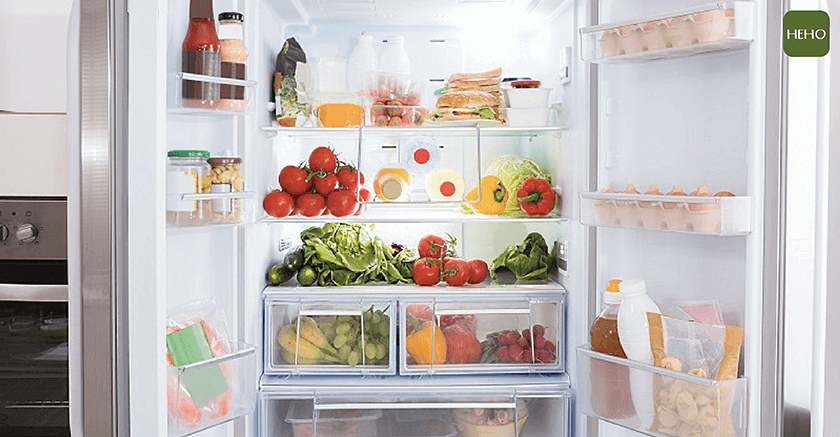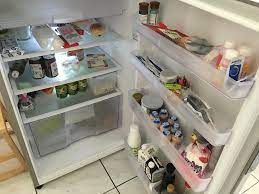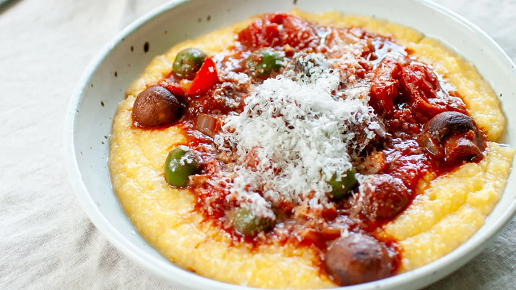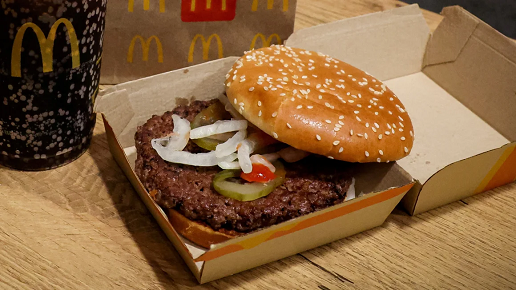What should you do when you have a table full of good food you can't finish? Every family faces the problem of leftovers and overnight food. For most families, eating overnight food is a common practice and a way to avoid wasting food. However, improper storage or reheating can lead to the growth of a large amount of bacteria, causing food poisoning and harming your health. It's best to keep your refrigerator 70-80% full.Image provided by Heho Health.
It's best to keep your refrigerator 70-80% full.Image provided by Heho Health.
How should you handle and store leftovers and overnight food? Here are some common food-poisoning bacteria:
- Vibrio parahaemolyticus: Mainly found in raw seafood and shellfish.
- Salmonella: Mainly found in contaminated meat, poultry, fresh eggs, dairy products, and soy products.
- Pathogenic E. coli: Mainly found in food or water contaminated with feces.
- Staphylococcus aureus: Mainly found in meat products, egg products, dairy products, boxed lunches, and raw vegetable salads.
- Bacillus cereus: Mainly found in rice and other starchy products, meat sauces, meat products, salads, and dairy products.
- Clostridium botulinum: Mainly found in low-acid canned foods, sausages, hams, and vacuum-packed tofu products.
Anyone can suffer from food poisoning, with common symptoms including diarrhea, nausea, vomiting, abdominal pain, fever, headache, and weakness. Symptoms usually improve within a few days. However, the elderly and children with weaker immune systems need to be particularly cautious, as food poisoning can lead to serious illness or even death.
We often store leftovers in the refrigerator, believing it's safe. The normal refrigerator temperature should be kept below 7°C, and the freezer temperature should be maintained below -18°C. Low temperatures can slow down microbial growth, but refrigerators do not have sterilizing functions. Leftovers stored too long in the fridge can still spoil and grow bacteria.
There is no fixed standard for how many days leftovers can be kept in the refrigerator. It depends on factors such as the food's acidity, water content, cooking temperature, and hygiene during preparation. Generally, it is best to consume the food fresh on the same day. If not, store it in the refrigerator for 1-2 days, not exceeding 3 days, and freeze for no more than a month.
Nutritionist Liu Siyu suggests keeping the refrigerator's capacity at 70-80% full to allow proper air circulation, which helps maintain the cooling effect and prolongs the food's shelf life.

Leftovers stored in the refrigerator for too long will spoil and grow bacteria.Image provided by Flickr.
Key Points for Storing and Using Leftovers:
- Avoid leaving leftovers at room temperature for more than 2 hours.
- Store food in dry, sealed containers to prevent air from entering.
- Divide large quantities of food and store them in the refrigerator to avoid contamination from saliva.
- Refrigerate food as soon as it cools down to a non-scalding temperature.
- Reheat food thoroughly before eating, ensuring the center temperature reaches at least 70°C. When using a microwave, heat in intervals and stir to ensure even heating.
- Consume leftovers in one go to avoid repeated reheating.
Bacteria thrive between 7°C and 60°C, known as the temperature danger zone. To prevent food poisoning, do not leave cooked dishes at room temperature for too long. Once hot dishes and soups cool to a non-scalding temperature, store them in the refrigerator immediately.







